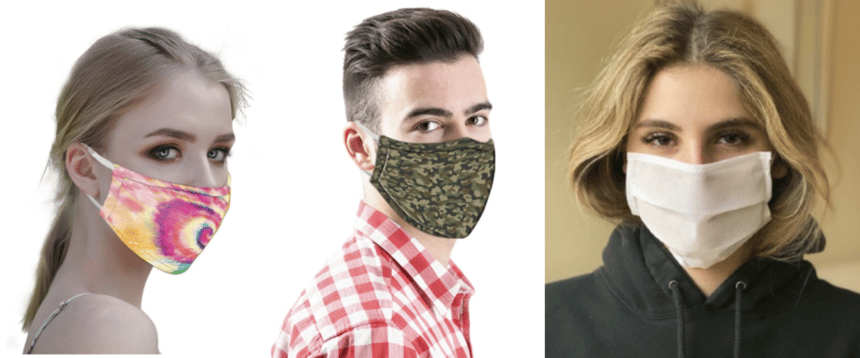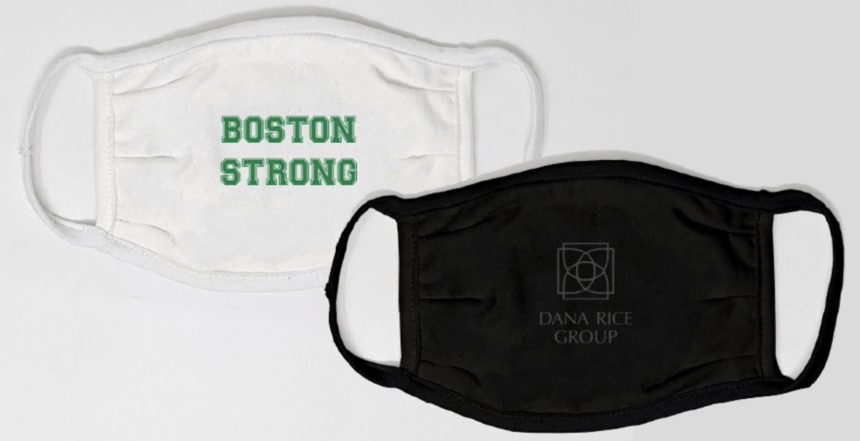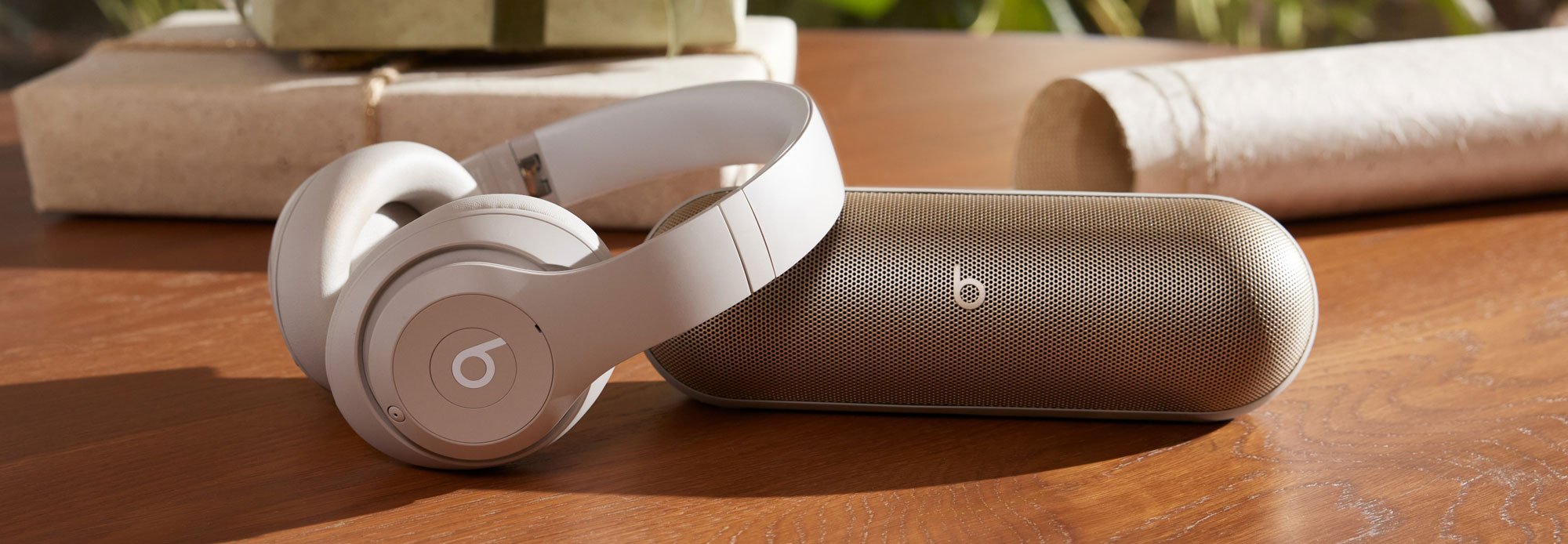Face masks have become the new wearable necessity.
They encourage a safe environment for all, especially in areas where other social distancing measures are difficult to maintain. We want to encourage you to wear a mask, because they can be trendy, and they can be comfortable.
In order to encourage a safer environment, the CDC recommends wearing face coverings in public settings, advising that the use of even a simple cloth face covering can slow the spread of COVID-19 and help people who may unknowingly have the virus avoid transmitting it to others.
(Note: Unless you are healthcare personnel wearing medical-grade PPE, wearing a mask does not necessarily protect you as the wearer, but instead primarily functions to protect others from your respiratory emissions. Wearing a mask prevents those who are sick from passing it on, while those who are healthy are more likely to remain safe when following face covering and social distancing measures.)

Which Mask Should You Use?
How do you properly wear it, and how should you care for it?
N95 Respirators & Surgical Masks
N95 respirators and medical-grade surgical masks should be reserved solely for first responders and those working in healthcare environments. These masks are limited in number, so it’s important that they are reserved for doctors, nurses, and other medical personnel.
Disposable Personal Masks
Disposable masks are designed to be worn once and then discarded. These may be most practically used as giveaways in locations requiring a face cover to enter, or in high-traffic workplaces where employees do not have the ability to wash or change a reusable mask on the premises.
Reusable Personal Masks
Reusable masks are designed to be washed and worn multiple times and are available in a variety of fabrics and configurations. The key to an effective personal mask is layers. Multi-ply, tightly woven fabrics like cotton and neoprene act as a mechanical barrier to particles in the air. Fabrics that hold a static charge, such as natural silk, polyester, or spandex, serve as an electrostatic barrier.

Wearing & Caring
Whichever face covering you choose, ensure that your mask is always securely fastened around your face to cover your nose and mouth. Follow these wash and wear guidelines:
- First, wash your hands with soap and water for at least 20 seconds.
- Handle your mask using the ear loops or fastening ties. Make sure it has no holes.
- Secure the mask behind your head or around your ears. Fit the mask around your nose and mouth, and under your chin.
- Pinch the top edge of the mask around the bridge of your nose. Do not touch the mask while wearing it.
Removing your mask safely is just as important as wearing it. To safely remove your mask:
- Wash your hands for at least 20 seconds.
- Remove the mask by the loops or ties.
- Disposable/single-use masks should be worn once and thrown away.
- Reusable masks should be washed with hot water and soap, or machine-washed after each use. Air-dry to avoid shrinkage.
- Wash your hands again for 20 seconds.
For more tips and tricks, and to see all of our favorite masks, check out the All About Face Masks presentation!





Comments (1)